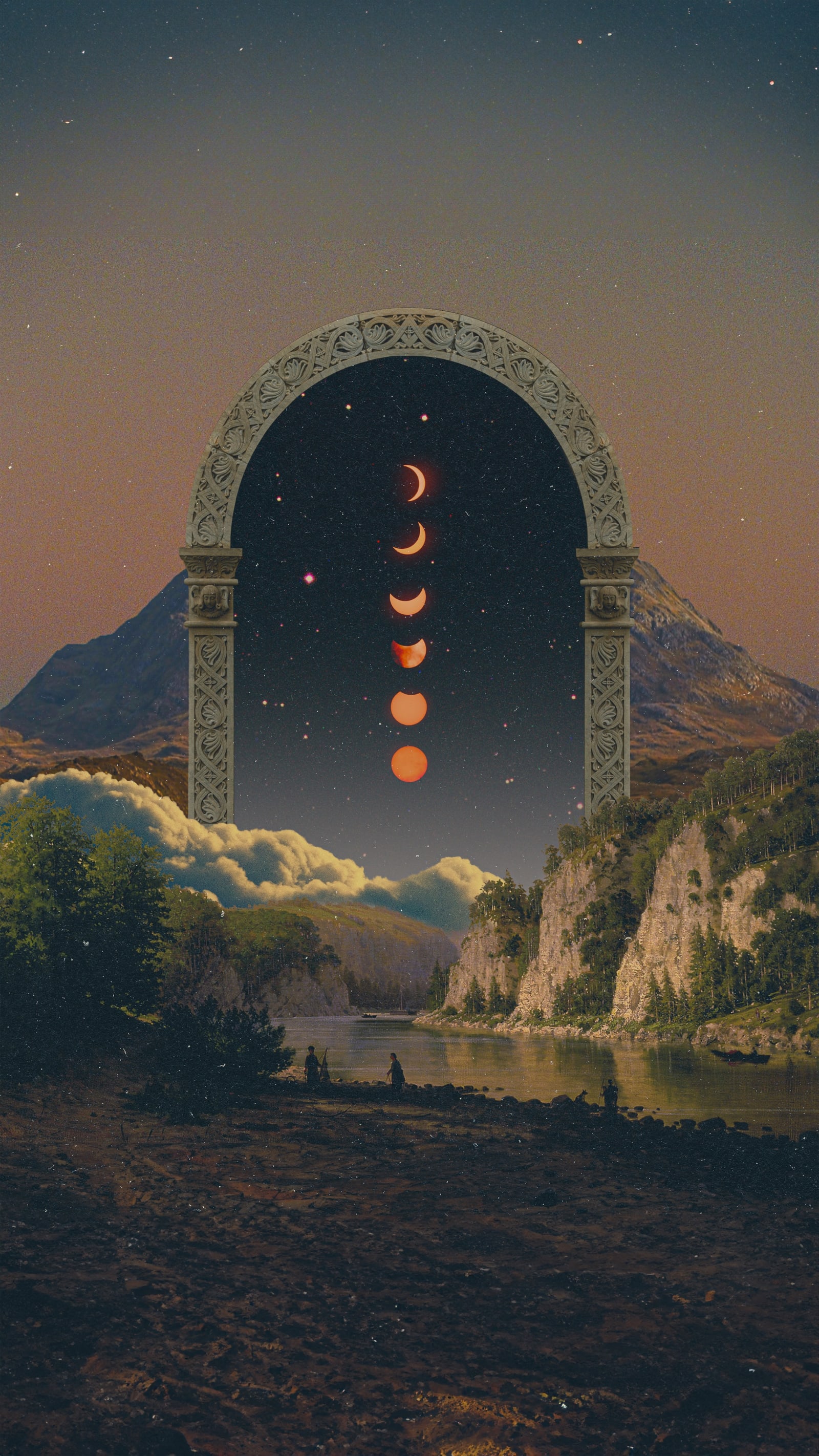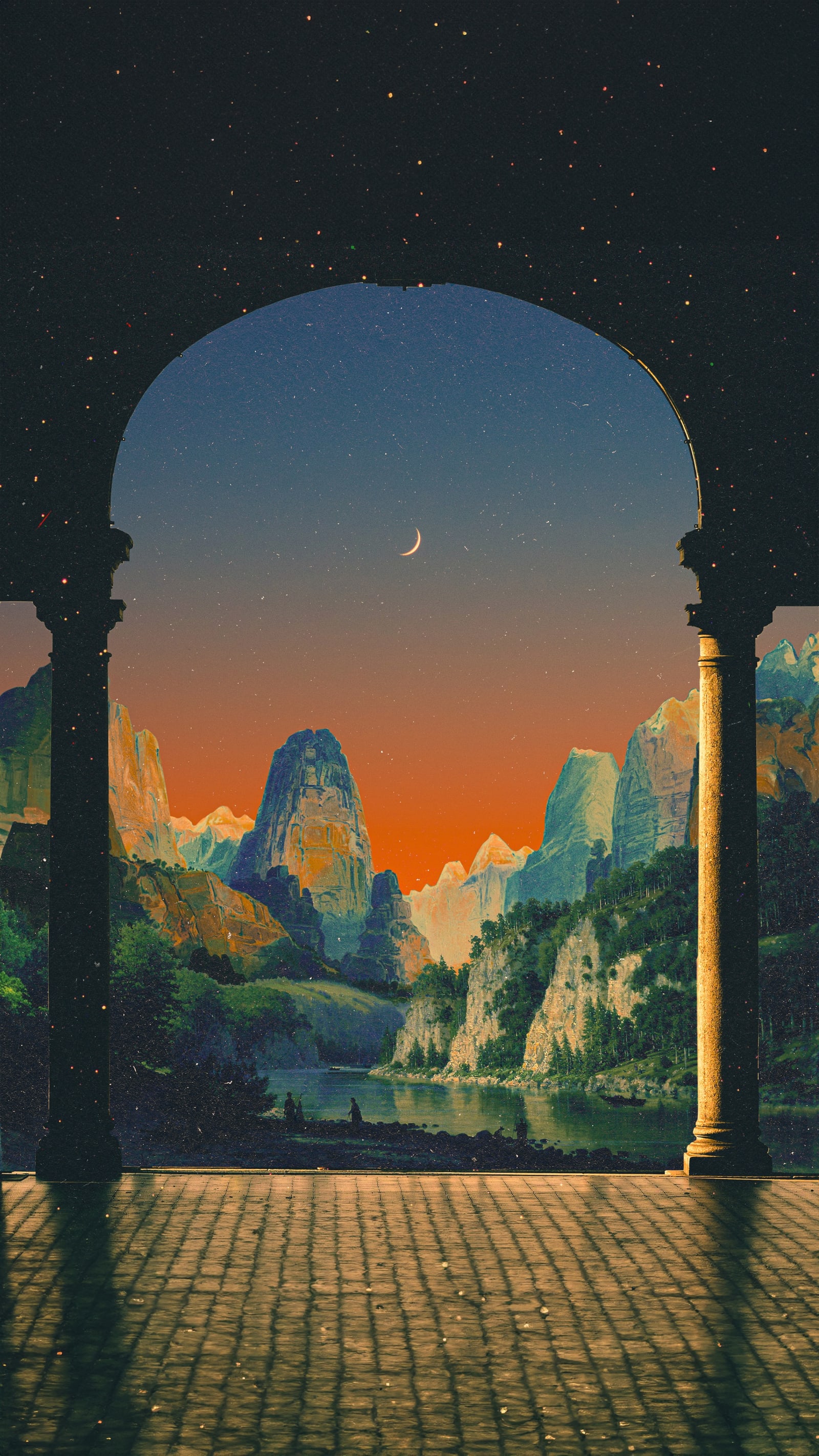artwork infos
portrait
collage
01:00
2022
Postwook
Daydreaming

Postwook
Reflections

Postwook
Coco
Postwook
Saguaro

Postwook
Pink Postcard
Postwook
New Deep Space
Postwook
Act One: Strange Encounters
Postwook
Arkansas
Postwook
Joshua Tree

Postwook
Renaissance
Natasha Chomko (b. 1995) is a Los Angeles based digital artist mainly focused on surreal landscape collage art with refined visionary and psychedelic elements. Her style aims to be palatable for both the seasoned psychonaut and average Joe, and everyone in between. Her work combines snippets of landscapes from all over the globe to demonstrate how interconnected we all truly are. As a lifelong collager, Natasha challenges perception of shapes, color, and texture to create entirely new universes out of pre-existing photos.
Natasha picked up collage in 2007 after drawing and painting didn't feel quite right, and always stayed close to the medium. After completing university with a BA in Political Science and working on a political campaign, Natasha felt creatively starved and sought out an outlet, once more turning back to collage. Freeing her inner child through art was not only therapeutic, but eventually became an integrated part of her life. As a self-taught artist, she never intended to become a professional artist but now strongly believes in the importance of therapeutic and self-taught art. Natasha strongly believes in the future of digital art and decentralization. Her fascination with copyright and open-sourced content drive her dialogue in the web3 space, and she is committed to asking challenging questions to bridge the gap between art and technology.

Saguaro
Animated collage using photos; made in After Effects.
collage
portrait
01:00
2022